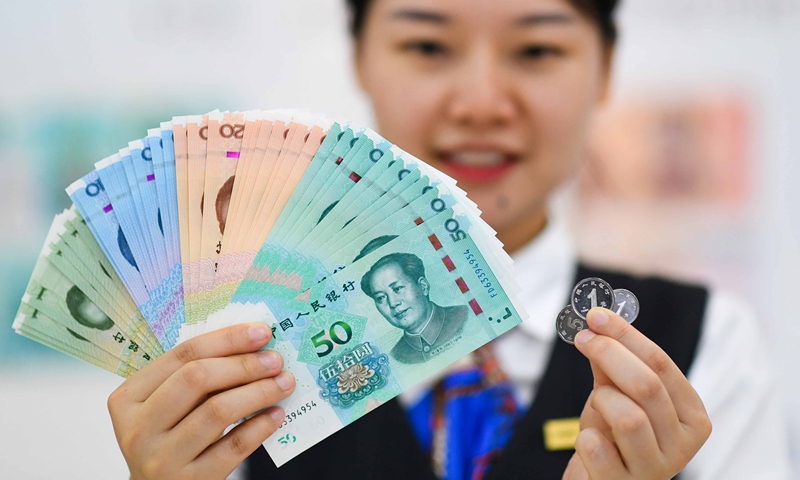
Photo: Xinhua
After a meeting between Chinese State Councilor and Foreign Minister Wang Yi and visiting Iranian Foreign Minister Hossein Amir-Abdollahian in Wuxi city, East China's Jiangsu Province, the two sides jointly announced the launch of the implementation of a 25-year comprehensive cooperation plan, according to a summary of the meeting published on Saturday on the Chinese Foreign Ministry website.
While the details of the 25-year cooperation deal are not available, observers expect the strengthened cooperation between the two countries will further boost the status of the Chinese yuan in global trade settlement. The deal is also expected to be beneficial to Iran's much-needed infrastructure, communications and other projects as the country is still under US government sanctions.
If anything, the 25-year cooperation deal marks a noteworthy example of China's breakthrough in advancing the internationalization of the yuan, with many suggesting there is a lot more progress to be made.
It is no secret that Tehran has been pursuing various ways to get around the economic sanctioning by the reckless US government, and, the Chinese yuan is one of those alternatives to the US dollar in trade settlement. Iran's central bank has reportedly listed the Chinese yuan as one of the country's main foreign exchange currencies.
In addition to Iran, other countries such as Russia and Vietnam have also opted to choose the Chinese yuan to settle their trade, an indication that the yuan's internationalization not only suits China's needs but also meets the needs of more countries.
It remains unclear how Iran's various attempts to circumvent the US sanctions to sell its oil will affect America's petro-dollar hegemony. But it is clear that with the US increasingly relying on its dollar hegemony by abusing sanctions and quantitative easing, more countries in the world have reached a consensus that is resolutely pursuing de-dollarization.
US dollar-denominated foreign exchange reserve held by central banks stood at $708.14 billion in the third quarter of 2021, hitting the lowest level since 1995, according to a survey released by the IMF.
In the meantime, China's relatively steady economic development and robust trade with more than 120 countries and regions around the world has laid a solid foundation for the yuan to be accepted by the world trade network. Last year, China's foreign trade volume reached $6.05 trillion, surpassing the $6 trillion mark for the first time, according to data from the General Administration of Customs on Friday.
Against this backdrop, China's cross-border use of the yuan has seen a steady rise. In the January-November period of 2021, the cross-border use of the yuan among countries along the Belt and Road Initiative (BRI) route surged 25 percent year-on-year to 5.1 trillion yuan, while the cross-border use of the yuan among China's neighboring countries was 6.1 trillion yuan, up 23 percent. The yuan has now become the fifth largest payment currency and the fifth largest reserve currency in the world.
At a time when the US debt and inflation woes has led to diminished confidence in the dollar, the Chinese yuan has seen its status rise in the global arena with China's stable domestic economic growth and the country's capability to control the pandemic. It will be an inevitable trend for China to step up currency settlement cooperation with its trade partners who will refuse to accept the US' economic coercion.




